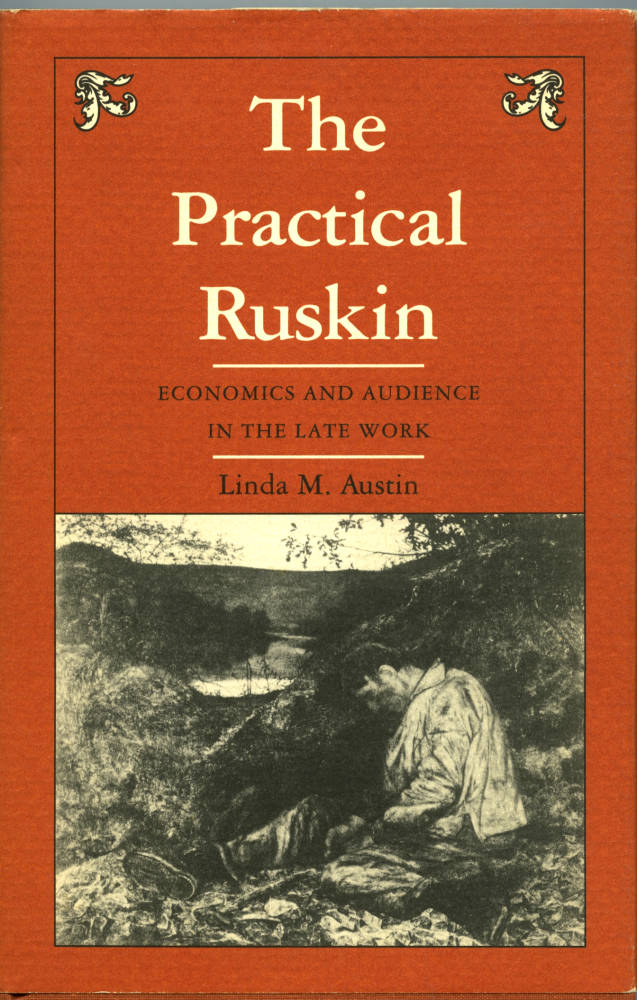
I had not known of Ruskin at all in college. I came to him afterwards, and in stages: the first was through Venice -- the Venice of Mann and Visconti. I remember sitting in the Oriental Theater in Milwaukee, my legs drawn up, spellbound by the labyrinthine city in that movie. After that I sought out travel writing about Venice and eventually found Stones, in a very abridged version. In many ways, of course, Ruskin’s approach was nothing like Mann’s or Visconti’s; still, it confirmed for me the decadence and splendor that had first captivated me about that city and would draw me to it a decade later. At that point I was in graduate school and had volunteered to write my seminar project on an elaborate parallel between the phases of Ruskin’s attitude toward Turner and his (Ruskin’s) view of an ideal woman.
Once out of school in the late 1980s, I became caught up in work on the “new economics” and, influenced by books like Marc Shell’s The Economy of Literature and Georg Simmel’s The Philosophy of Money, immersed myself in miscellaneous late works by Ruskin, focusing initially on his treatments of coins and his various views of labor and exchange. Eventually I wrote The Practical Ruskin. Ever since my first acquaintance with Stones, there has always been a bit of a divide between the writings of Ruskin that have interested me as a scholar and theorist of Victorian economics and, later, nostalgia, and the works that have nurtured my love of landscape painting and architecture. These I have always found the most beautiful and compelling: Unto This Last, Stones, and Modern Painters, especially the young writer’s championing of Turner.
Last modified 13 May 2019